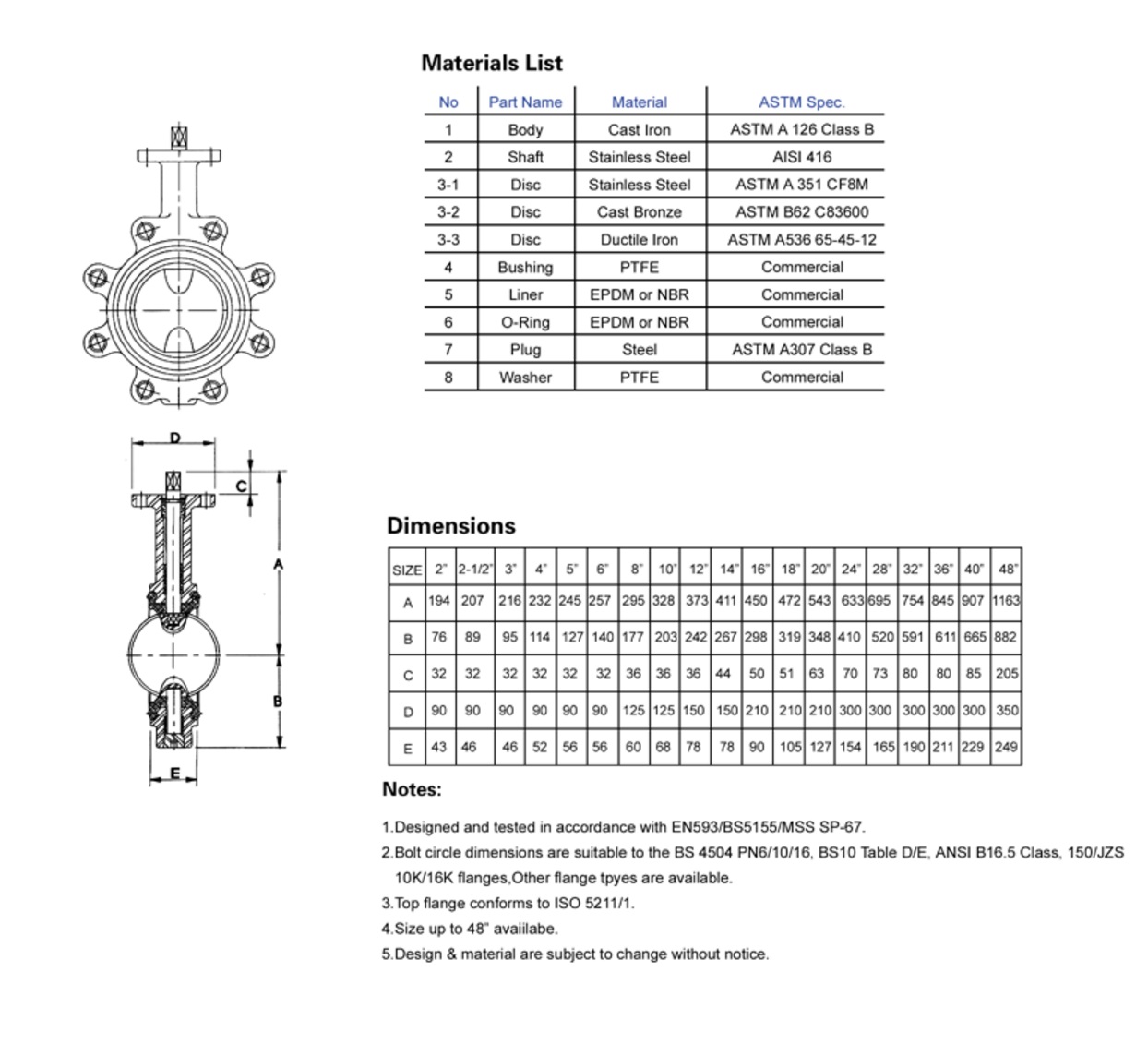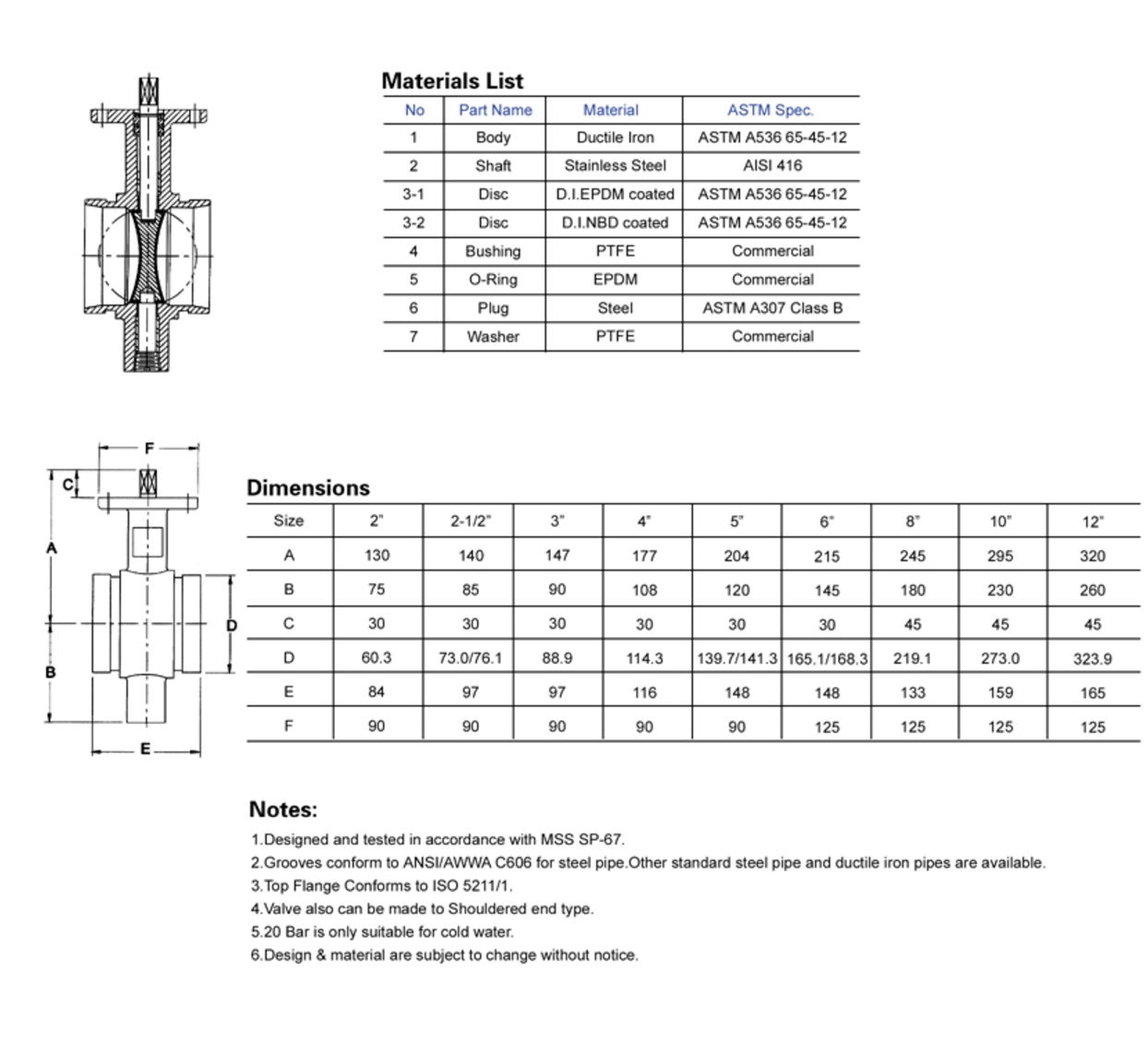Smart grid is an important direction for the transformation and development of power systems. The connotation of smart grids is defined by the connotation of traditional grids. Smart grid means that complete grid information can be obtained in time, social energy allocation can be optimized, and comprehensive energy investment and utilization benefits can be improved. For the future development of the power grid, there should be the ability to use multiple energy sources to generate electricity. The application of smart grid can effectively reduce the power loss of the transmission grid, while improving energy efficiency and protecting the environment.
2 Research status of smart grid technology at home and abroad 2.1 Status of foreign researchThe development of smart grid has attracted wide attention from all over the world. In particular, the development of science and technology in developed countries in Europe and America is relatively fast. The research on smart grid is relatively early. Today, not only has a complete set of basic development system been formed, but also In practice, it has been applied to a large extent. Due to the different actual conditions in different countries, the causes and concerns of smart grid construction are different. We should have a choice to learn. Europe is vigorously developing clean energy, renewable energy, and demand for power quality and power supply reliability after saturation of power demand. The United States is focusing on the upgrade and development of smart grids, using the current limited resources to get more benefits.
2.2 Status of domestic researchResearch on smart grid started late in China. So far, there has not been a development strategy for smart grid from the national level. However, research in a certain aspect has played a reference role in the development of smart grid. The characteristics of the construction of smart grids by East China Power Grid Corporation are: planning smart grids with self-healing goals; achieving intelligent dispatch; comprehensive use of new materials and smart devices; friendly access to renewable energy; and intelligent interaction with users. The state has initiated a number of 863 high-tech research and development projects. During the “Eleventh Five-Year Plan†period, major projects and key projects were established in the three advanced energy technologies, including: coal gasification-based polygeneration demonstration projects, MW Level-connected photovoltaic power station system, solar thermal power generation technology and system demonstration projects.
3 Smart Grid Technology Analysis 3.1 Intelligent Communication TechnologyAdvanced grid communication technology is the basis for ensuring the smooth implementation of smart grid construction goals. The smart grid requires real-time monitoring and analysis of system status to ensure prediction of faults and timely response to fault signals. Through the use of smart grid communication technology, the reliability and continuity of the power grid has also been improved, and the efficiency of the use of power equipment has been greatly improved, thereby ensuring the reliability, safety and stability of the operation of the power grid.
3.2 Intelligent Substation TechnologyIntelligent substation technology is an organic integration of information processing technology and computing monitoring technology. The high degree of information sharing, the intelligence of equipment and the intelligent control are the most important technical features of intelligent substations.
Intelligent substation technology has the following three characteristics: 3.2.1 Introducing the control terminalIntelligent substation technology introduces computer terminals, just like installing a brain with rich computing power and conduction command capability for the substation. Real-time monitoring of power running conditions can be realized through the computer terminal system, which can effectively reduce substation faults caused by unexpected events, which is of great significance for improving power supply reliability.
3.2.2 Equipment integration and application of fiber technologyEquipment integration is a typical feature of intelligent substation technology. Through the popularization and application of optical fiber technology, the information communication speed between control layers has been greatly improved. In addition, the application of fiber optic technology can effectively realize the LAN management of each control layer in the station. With the further promotion and application of computer digital technology, the equipment for power detection, control and management is gradually integrated, and the control of the equipment can be completed in a certain area, which not only saves the space occupied by the equipment, but also effectively makes The construction period of the equipment is greatly shortened, and the installation cost is reduced, thereby ensuring that the equipment can be turned into a normal working state as soon as possible.
3.2.3 Implement local or global intelligent controlAchieving local or global intelligent control is a major advantage of smart substations. The application of optoelectronic technology has become an inevitable choice for smart substations. The application of optoelectronic technology enables the intelligentization of current blocking devices, current transformers and control cabinets. With the application of optoelectronic technology, the local control cabinet will evolve into a miniature GIS system in a single device. By installing a high-voltage current blocking device and an intelligent current mutual-inductance device with a leakage lock function and an automatic control function in the secondary device, it is possible to effectively solve a situation in which some small faults in the power grid are not easily found.
4 Future prospects of smart grid technologyIn the near future, the construction of smart grid will cover multiple links, and the informationization of smart grid will also penetrate. Combined with the relevant technical data of smart grid, it is concluded that the future development of smart grid is mainly reflected in the following aspects: MAS-based distributed coordination and adaptive smart grid control; distributed energy system integration smart grid architecture; rapid simulation decision Smart grid technology and smart grid systems based on knowledge-based integrated decision support.
4.1 MAS-based distributed coordination and adaptive smart grid controlIn recent years, MAS systems have become more and more frequent, and the MAS system is what we usually call a multi-agent system. The system is very scalable and can effectively interconnect and interoperate legacy systems, so the system can protect user resources to the utmost extent. The MAS system is a research field in the field of artificial intelligence, and its application prospects on the smart grid will also become larger and larger.
4.2 Distributed Energy System Integration Smart Grid ArchitectureThe three important components of distributed energy are distributed energy storage, distributed generation, and demand side load response resources with potential power product value. These three belong to the same category of electricity and have a very large connection. For example, distributed power generation and distributed energy storage constitute complementary micro-networks, and can participate in load response procedures of demand response resources.
4.3 Rapid Simulation Decision-making Smart Grid TechnologyThe rapid simulation decision based on event response is different from the static security analysis and security countermeasures of traditional preventive control. It also develops the dynamic security assessment based on PMU-based wide-area measurement system, which mainly increases the real-time simulation of fault development. Predictive function to provide dispatchers with decision support in emergency situations. From the current development trend, Agent-based rapid simulation decision-making is an important direction for future development.
4.4 Smart grid system based on knowledge-based integrated decision supportWith the rapid development of computer technology, the amount of information and data that needs to be faced will continue to increase, and the relationship between information and data will become more and more close. We need to use some technical means to make these data and Information is linked. Therefore, how to realize the effective scheduling and control of these massively related information will be an important direction for future research. It has been proved by practice that the smart grid can get a lot of information and data well and has a good control over this information and data. The smart grid system based on knowledge-based comprehensive decision-making can effectively solve this problem, so its development prospects are very large.
5 ConclusionThe continuous improvement of the smart grid will continue to expand in number and size. An important direction of the development of the power industry is the intelligentization of the power grid. The development of smart grids can effectively promote the development of renewable energy and is an important content and means for energy conservation and emission reduction. There are still some problems in the development and operation of the current smart grid. It needs to be comprehensively applied through many technologies, so that the safety and reliability of the grid can be improved, and new forms of grid operation can be promoted, so that the development of society is more harmonious and stable. Rapidly, people's lifestyles and environments are more convenient and safer.
Butterfly valve is a simple structure of the control valve can be used for low-pressure pipeline media control switch.Butterfly valve means the closure (valve flap or disc) as a disc, rotating around the valve shaft to open and close.Butterfly Valves can be used to control the flow of various types of fluids such as air, water, steam, corrosive media, slurries, oils, liquid metals and radioactive media. Mainly in the pipeline cut off and throttling effect. Butterfly valve opening and closing pieces is a disc-shaped disc, the valve body around its own axis of rotation, so as to achieve the purpose of opening and closing or regulation.
Type: Wafer Type, Lug Type, Grooved type
Design Pressure: PN6-PN20,Class 125-Class150
Working Temperature: EPDM 16Bar at -10℃ to 120℃; NBR 16Bar at -10℃ to 82℃; Viton 16Bar at -10℃ to 150℃
Suitable Midium: Water,Oil,Gas
Details as follow drawing:
1.Wafer Type Butterfly Valve

2.Lug Type Butterfly Valve
 3.Grooved Type Butterfly Valve
3.Grooved Type Butterfly Valve

Butterfly Valves,Wafer Type Butterfly Valve,Lug Type Butterfly Valve,Cast Iron Butterfly Valve
HEBEI ZIFENG NEW ENERGY TECHNOLOGY CO.,LTD. , https://www.zifengpipeline.com